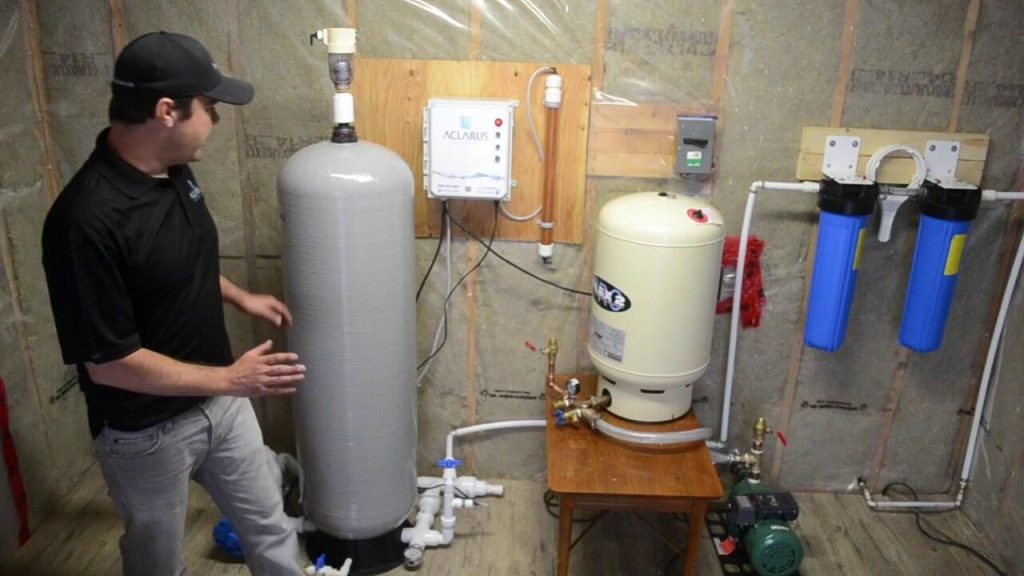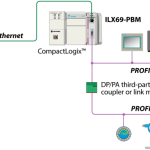Ozone has been labeled both a killer and healer by mainstream and alternative medicine. When it comes to water purification which is it? What are ozone water purifiers? How do they work? Do you really need one? We’ll cover the current and historical uses of this extremely active gas in this article.
The alternative energy and green living movement have sparked interest in all things “natural” and “eco-friendly.” Because these buzz words are quick attention getters they are often used to promote products that simply aren’t good for an internal environment. Ozone air cleaners were one of the biggest perpetrators of this marketing method. This doesn’t mean that everything ozone is bad, just that we need to do our due diligence before buying into a “new” green technology.
The good news about ozone drinking water purifiers is that they aren’t some new, fly-by-night product concocted to make a quick buck. Ozone has been used to purify water since 1893 and is used in several large municipal water treatment facilities in the United States (this method is even more prevalent in Europe). The first documented use of ozone in a municipal system was in Nice, France in 1906. Nice still uses an updated version of this system today.

What are Ozone Water Purifiers?
So, what exactly are these purifiers and how are they used for home ozone water treatment? A home based system is very similar to those used in municipalities except on a far smaller scale. They are systems that include a recirculation pump, an ozone generator, a water recycling tank, and an ozone line vent. Ozone drinking water purifiers are generally located at the water intake point for the home between the intake and the storage tank. This allows all water coming into the house to be disinfected before it reaches the storage chamber. This is important because any microbes that make their way into the standing water in the storage tank will multiply rapidly. The system, thusly installed, works to remove as many biological pathogens from the home’s water system as possible.
How Do They Work?
The ozone system works by infusing incoming water with highly reactive ozone molecules. The system starts with an ozone generator chamber where a high intensity Ultraviolet (UV) light is used to break the bonds of oxygen molecules and create the unstable ozone molecule. The ozone air is forced into through the generator chamber into the recycling tank. Once the ozone enters the water it oxidizes biological components including almost all bacteria and viruses. It also bonds with many dissolved minerals, causing them to precipitate to the bottom of standing water. Ozone has been found to effectively remove 99 percent of all biological pathogens including Giardia and Cryptosporidium. It also is effective at removing iron and manganese as well as freeing up chlorine to kill even more microbes if used in a multiple step system
The ozone has a half-life of only a few minutes, so after it has purified the water any remaining molecules break down into standard oxygen. This creates an environment that highly oxygenates the water.
Alternative medicine is a huge proponent of ozone water treatment and claims it can help in everything from growing plants to killing cancer. While none of these have any sanctioned scientific evidence to back them up, there are plenty of websites that contain anecdotal evidence that might be worth looking at.
Do You Need One?
So here’s the real question, do you really need to drop $500 on home ozone water treatment? If you live in a municipality that already uses ozone treatment as part of the system, it could be seen as overkill, but manufacturers would tell you that there is the chance that bacteria could be introduced into your water as it travels through the pipes from the treatment plant to your home. Is this possible? Yes, but not really that likely. If, on the other hand, you use well water it might be an integral part of an over-all water treatment system.
Here are the advantages of installing an ozone drinking water purifier:
· They don’t create negative residuals like chlorine based systems. Trihalomethane, for example, is a by-product formed when chlorine is used to treat a water system, and it is a known carcinogen.
· Ozone reacts 3,000 times than chlorine in similar decontamination situations
· These systems have relatively few mechanical parts and no filters to replace.
· 99 percent of all bacteria in drinking water can be killed with ozone water treatments.
What are the disadvantages?
· It’s not a standalone system, and ozone will not remove nitrates, sodium, sulfates, total dissolved solids, chlorides, and fluoride.
· Ozone does not soften water or remove rust or calcium.
· It won’t work with a tank-less water system.
· Most municipalities already use ozone in their treatment, so unless you are using well water you are paying for something already in your water bill.
The Final Word
While an ozone water purification unit isn’t right for everyone, there are some places where it could be a very effective component of a multi-stage water treatment system. If you live off grid or use well water and don’t have the luxury of the municipal water purification system, adding an ozone unit as the last stage of your system makes good sense. It can’t filter out everything though, so you’ll need to have the water pre-filtered and softened in other units first. As the last stage in a total water treatment program, any microbes that remain after the initial treatments will be targeted and eliminated quickly.
Even the U.S. Food and Drug Administration has accepted ozone as being safe; and it is applied as an anti-microbiological agent for the treatment, storage, and processing of foods. But if it is used, it should be the final stage in water treatment to ensure your water is bacteria free. It could be the difference between enjoying yourself or spending hours in the bathroom with a waterborne illness.



Comments are closed